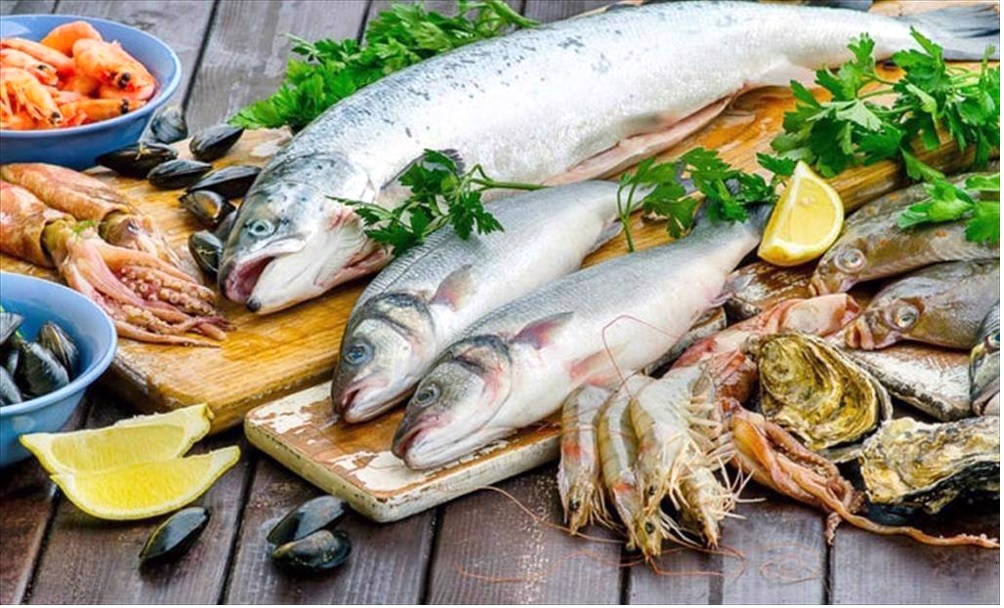(seafood.vasep.com.vn) In January 2023, following the trend of the last quarter of the previous year, Vietnam seafood exports continued to decline deeply. It is estimated that in the first month of the year, seafood exports decreased by 31%, reaching about 600 million USD. In which, pangasius decreased by 50%, shrimp decreased by 46%, tuna decreased by 32%. Only cephalopods and other marine fishes were able to maintain a positive growth of 4% and 6% respectively.
The historical milestone of 11 billion USD for the seafood export industry in 2022 was mentioned many times by businesses, state management agencies and the media in the early days of 2023 with joy and pride. However, this successful result was thanks to the continuous growth in the first 3 quarters of the year, with a high rate of 34 -46% over 2021. In the fourth quarter, the export trend reversed to negative growth of more than 9% and fell deeply in all sectors due to the impact of inflation.
In January 2023, following the trend of the last quarter of the previous year plus the Lunar New Year holiday, seafood exports continued to decrease sharply. It is estimated that in the first month of the year, seafood exports decreased by 31%, reaching about 600 million USD. In which, pangasius decreased by 50%, shrimp decreased by 46%, tuna decreased by 32%, especially squid and octopus maintained a positive growth of 4% and other marine fish species increased by 6%.
Exports to major markets in January 2023 all decreased sharply, of which the US decreased by 56%, China - HK decreased by 55%, the EU decreased by 35%.
In the first months of the year, the picture of seafood exports can’t be brightened up, especially when the world economy is forecasted to experience a recession this year. However, seafood is still an essential food item, the demand can not drop too sharply. There will be adjustments in demand by product segment. Accordingly, the advantage will be more inclined to affordable-priced goods because it is suitable for low- or middle-income consumers, the group most affected by inflation.

According to economic experts, there are still many risks in 2023. The tension in Russia-Ukraine could increase, the possibility of a transatlantic trade war that could continue to affect seafood supplies in major markets. That context could also be an opportunity for Vietnamese seafood to increase supply to the US, China, and EU markets.
In addition, the opening of China gives great hope for a recovery in demand not only in this market but also in other markets around the world. The recovery will be more clear from the second quarter of 2023.
Besides, experts are optimistic about markets that are assessed to have economic growth this year such as Asia, the Middle East, etc.
In that context, seafood enterprises have to ensure financial health to maintain stable production and raw materials supply to speed up production when the consumption market recovers. Seafood businesses can take advantage of each sector in terms of supply and consumption market factors by capturing market information and forecasting.
The conditions for the Vietnamese business environment are also gradually improving in the direction of supporting more production and export. One outstanding news is the update of infrastructure and logistics for export production in the key Mekong Delta region. On the first day of the new year, Prime Minister Pham Minh Chinh inspected key transport projects in the Mekong Delta and required that by 2026 the Mekong Delta must have 554 km of highways. This is good news for the economic development of the region, especially in the fisheries sector. This is also expected to be a driving force and a condition to promote seafood production and export in the coming time.
Right from the first days of the new year 2023, the exciting atmosphere of farmers, fishermen and many seafood enterprises has also shown optimism in the recovery of the consumption market as well as the stability of seafood exports. With that spirit, the seafood industry looks forward to the recovery of demand and increase of orders from the second quarter of 2023.
Compiled by Thuy Linh